11 Free Building Facades transparent PNG images
Explore our curated collection of 11 free AI-generated Building Facades images, offering an extensive range of architectural visualizations. From contemporary urban designs to historical architectural details, our collection includes diverse formats such as stock photos, 3D objects, vectors, and illustrations. Each high-resolution image is available for free download, and with our innovative 'open in editor' feature, you can modify the prompt to regenerate facades that perfectly match your vision.

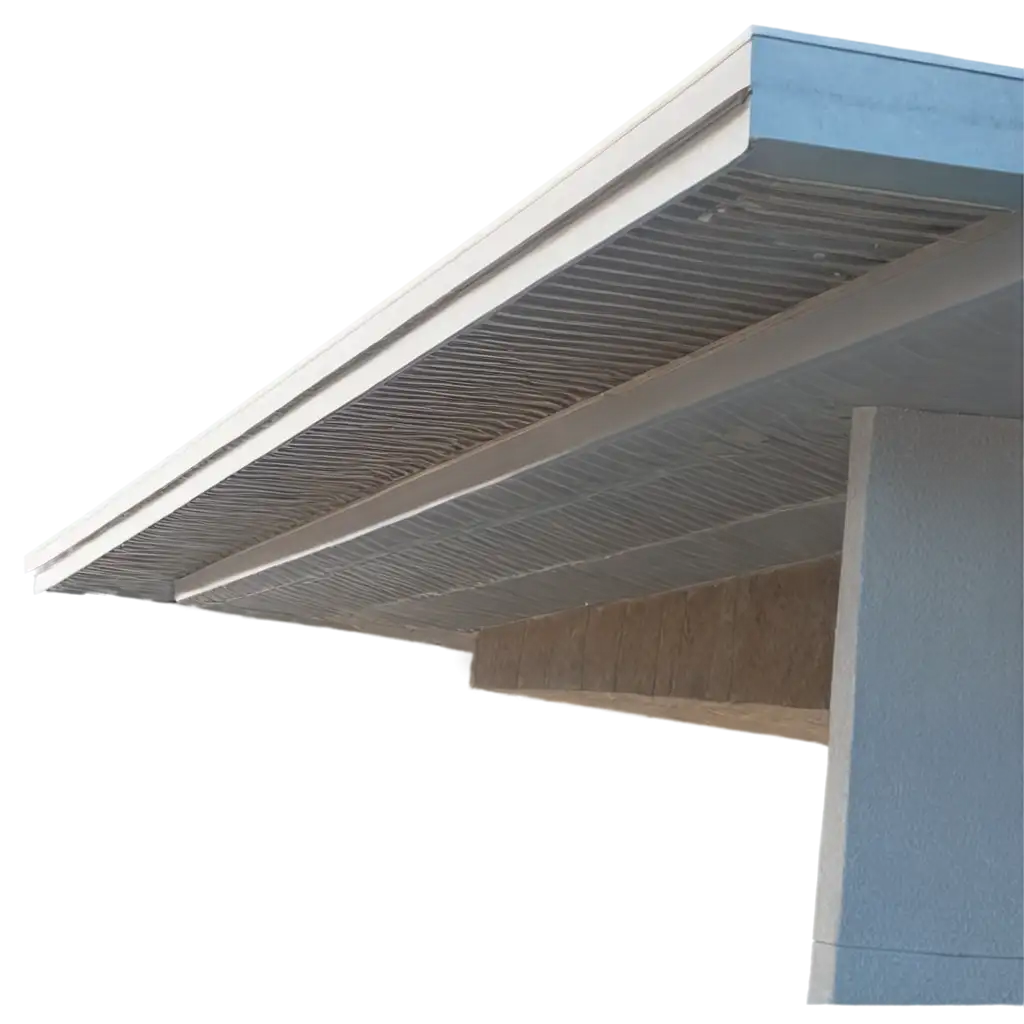
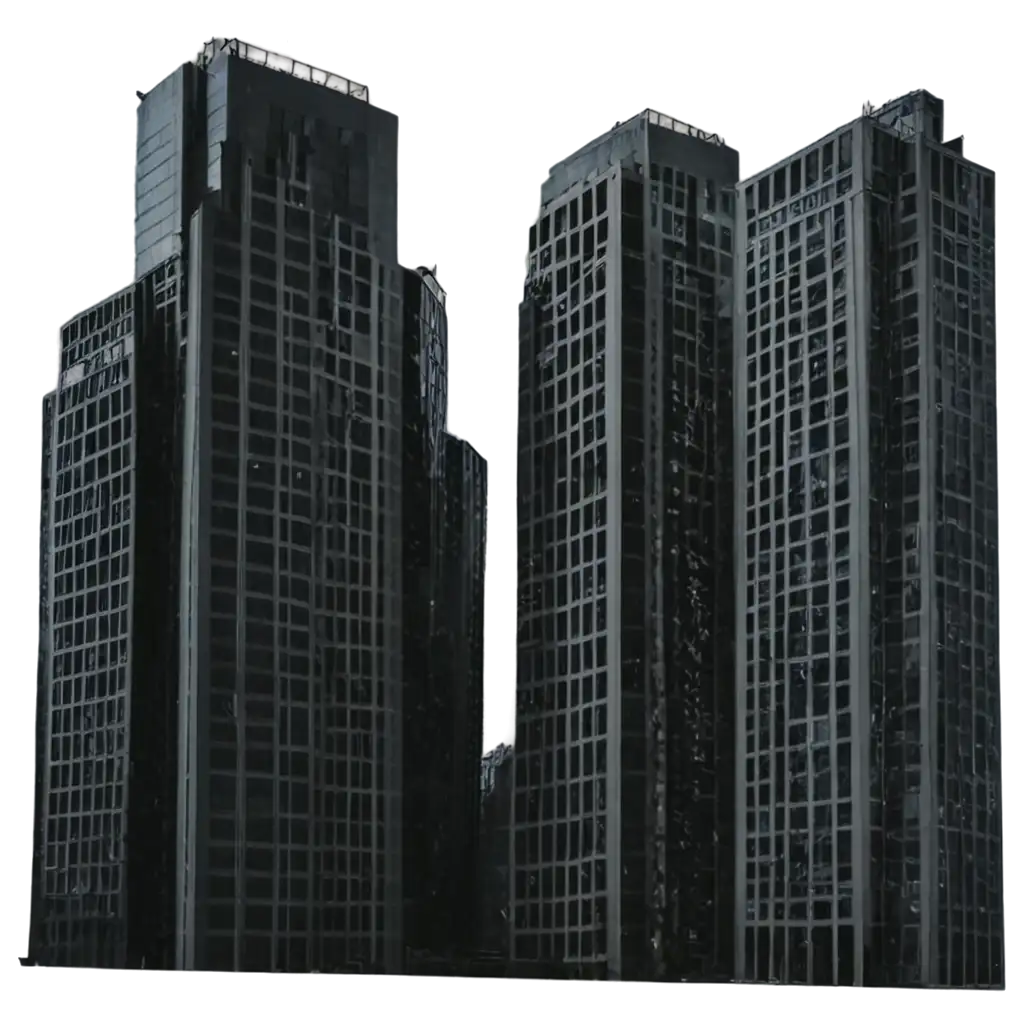
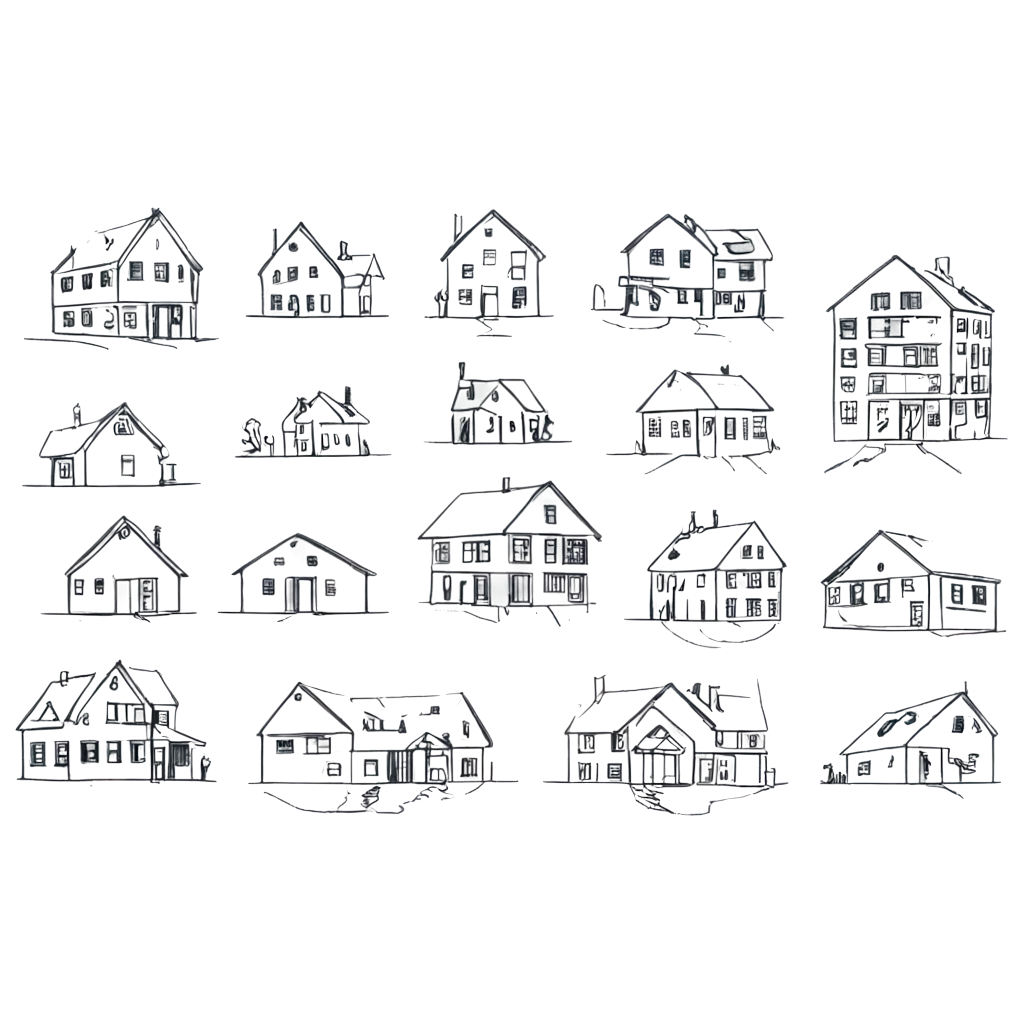
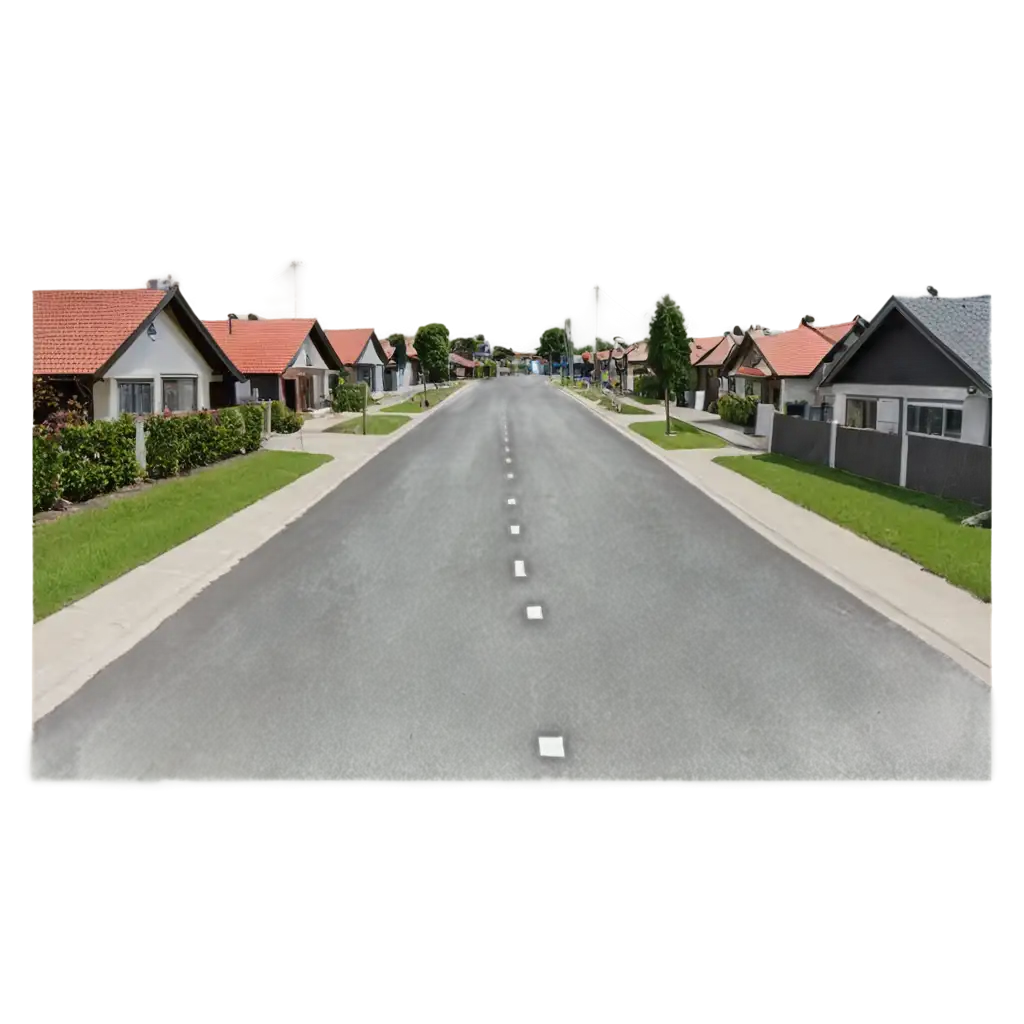
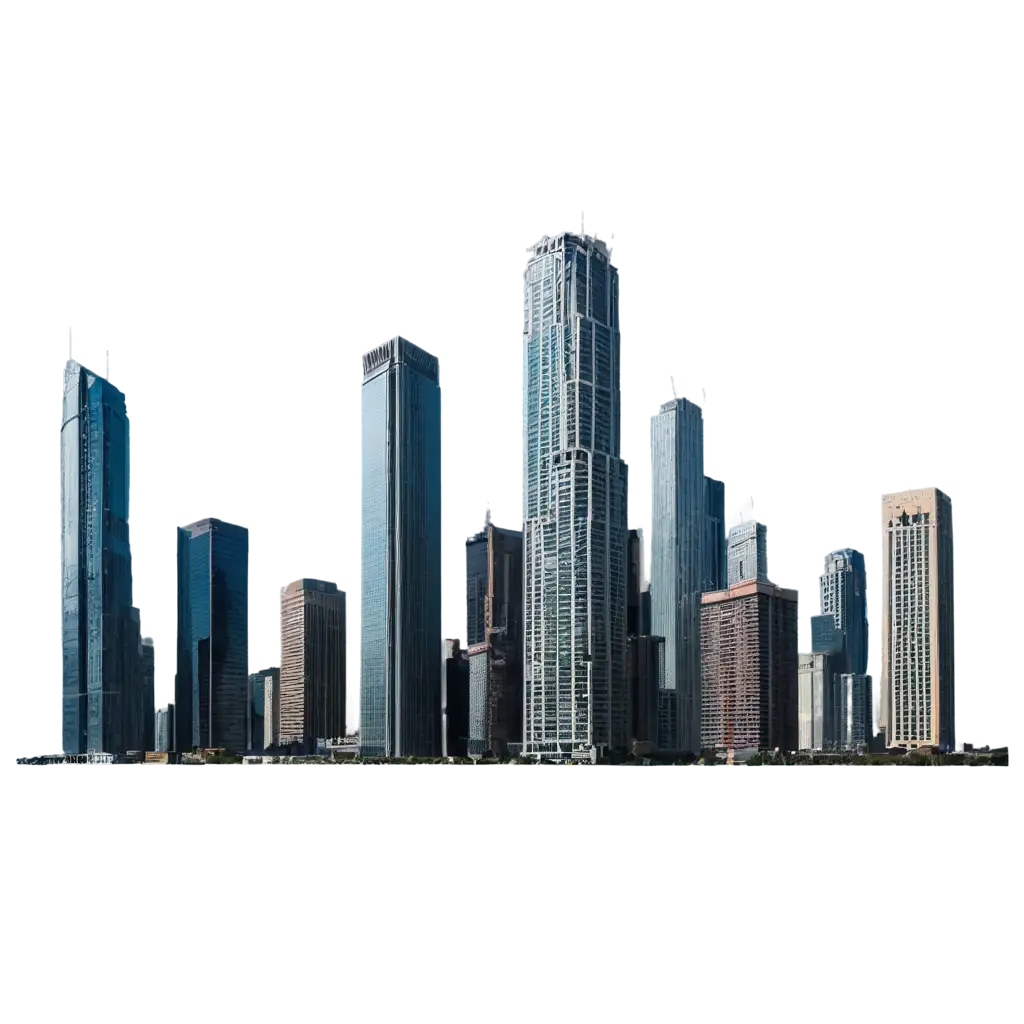
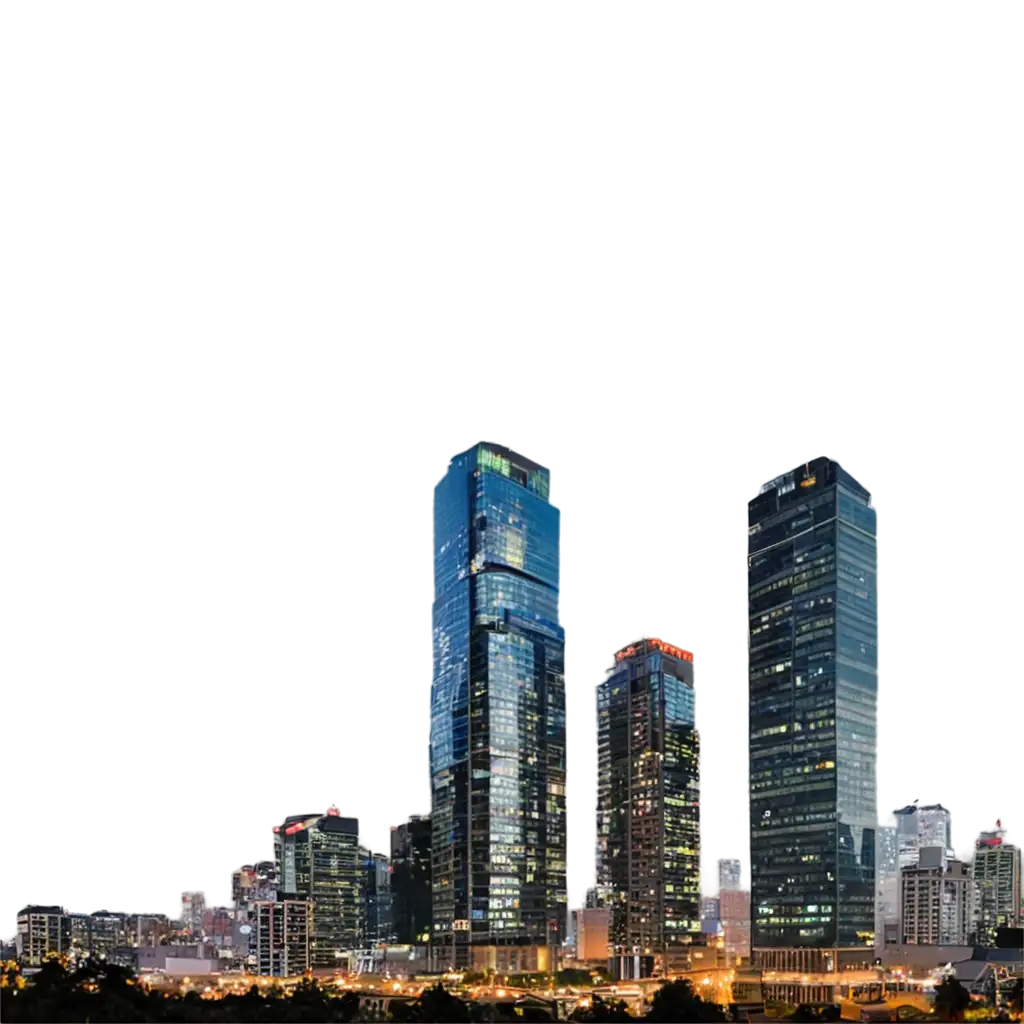
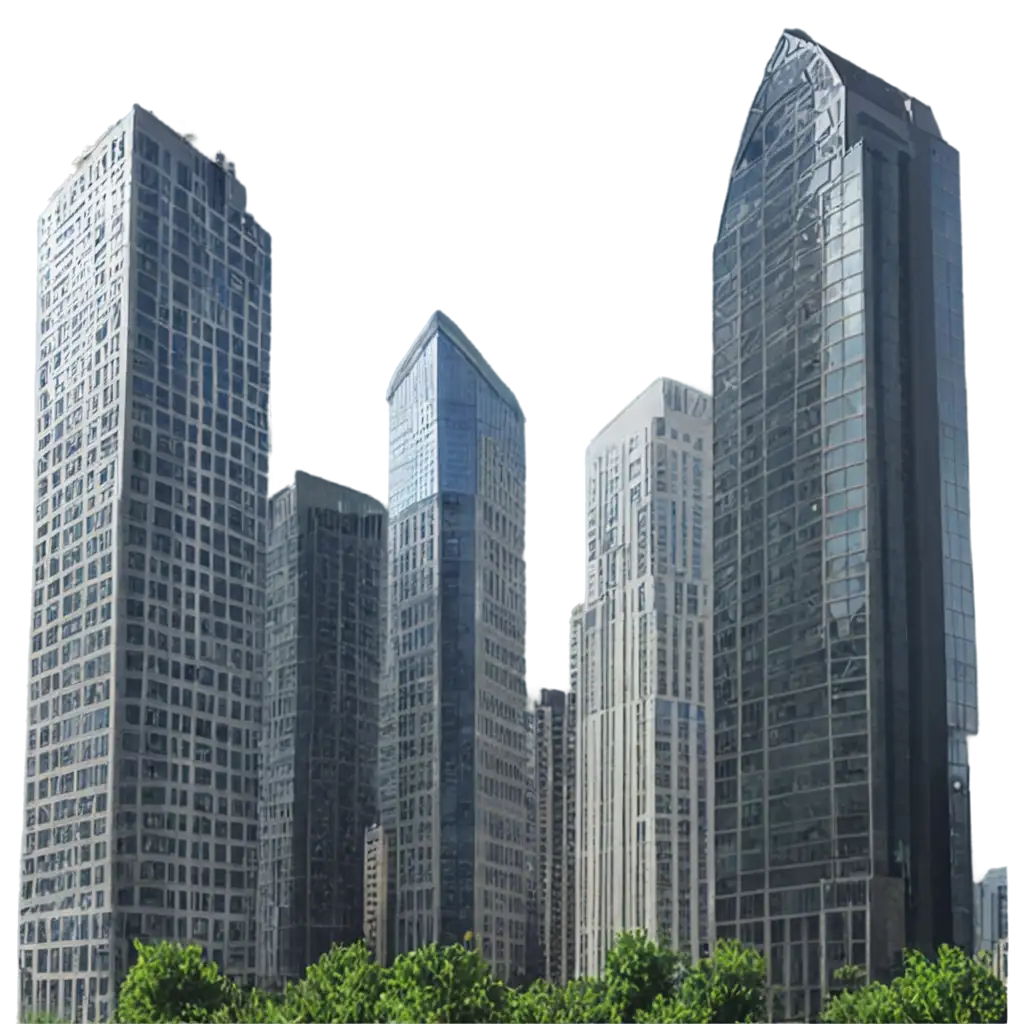
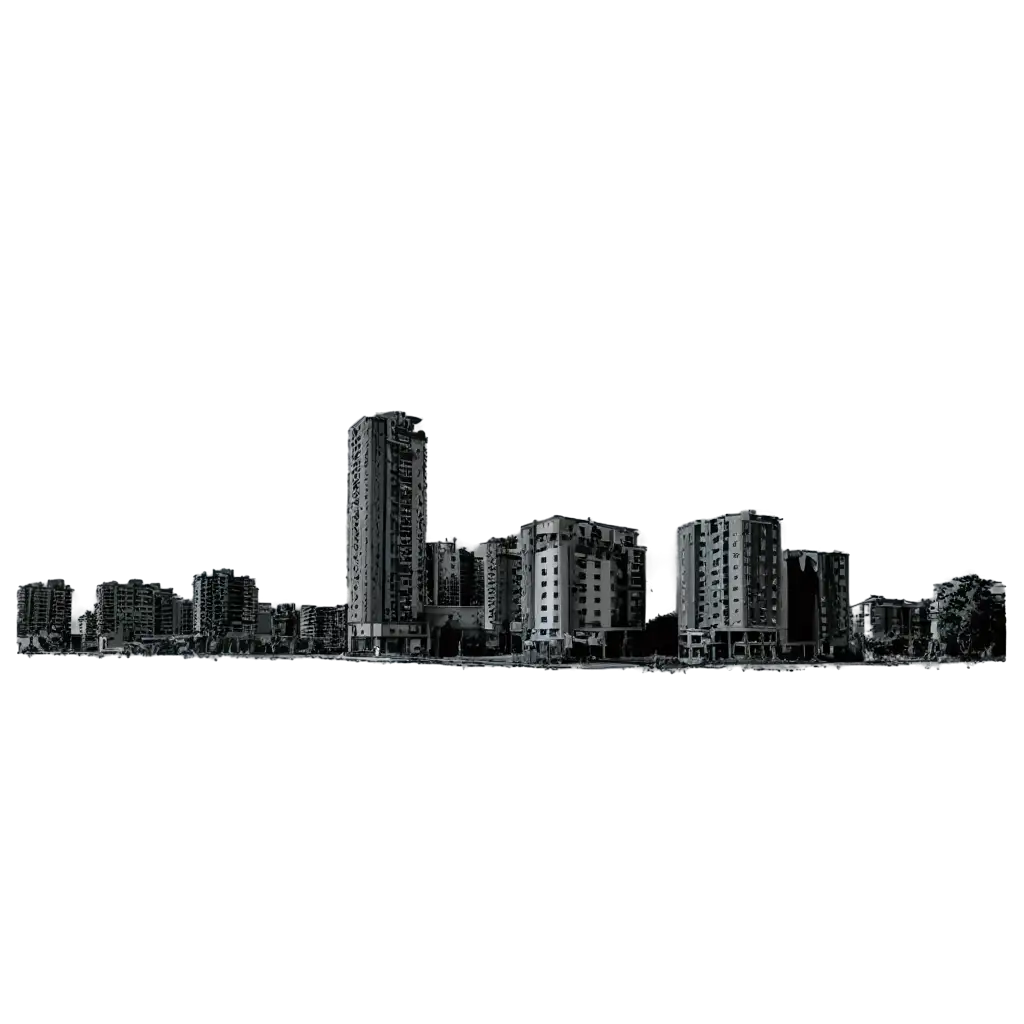
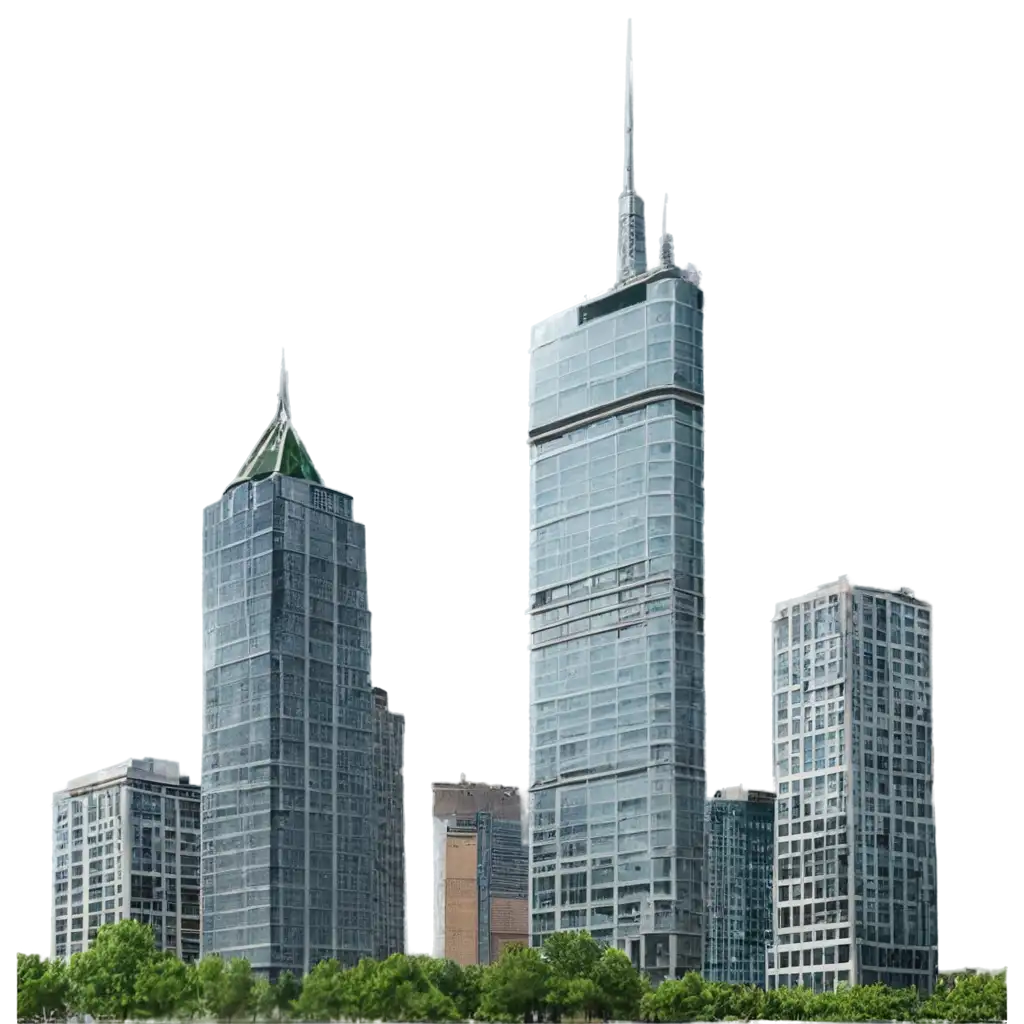
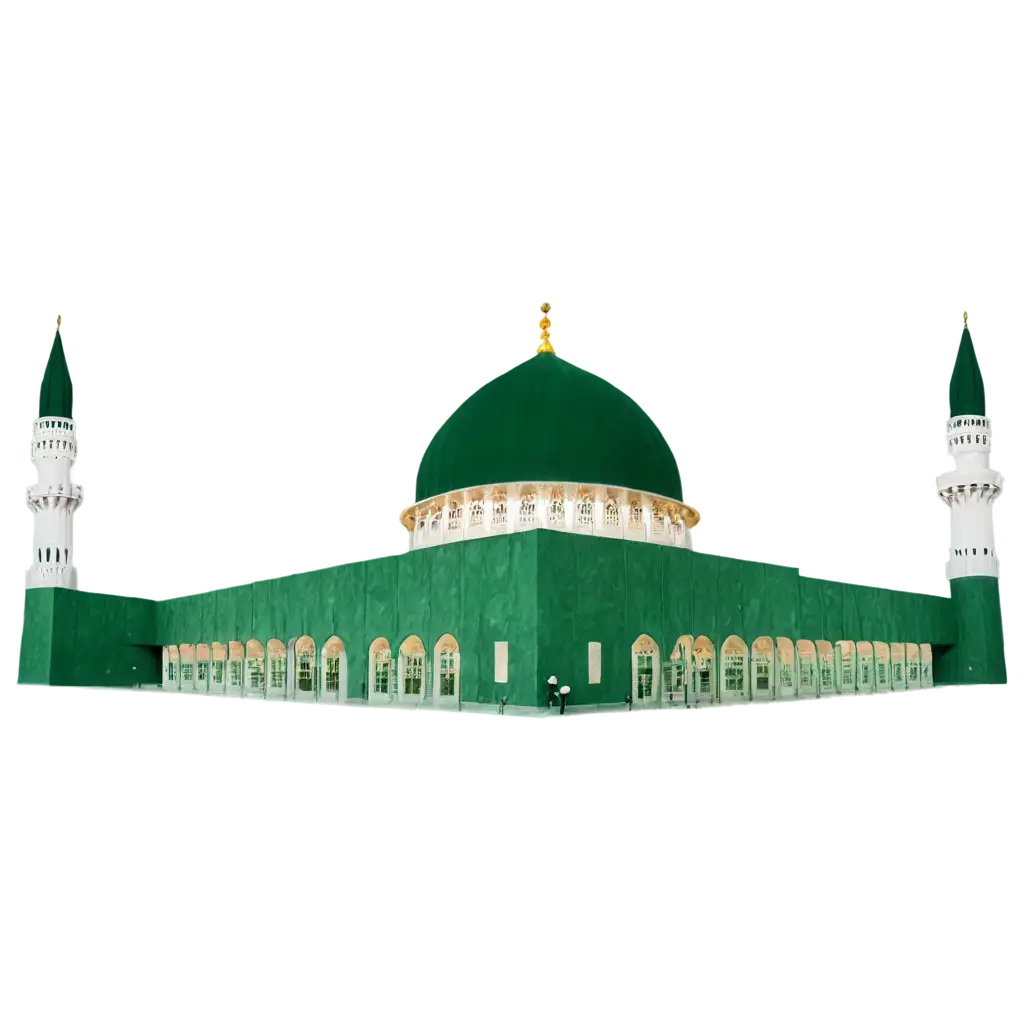
Related Tags
Building facades represent the exterior face of architecture, serving as the primary visual element that defines a structure's character. In the context of AI-generated imagery, facades encompass various architectural styles, from classical to contemporary designs. These digital representations capture essential elements such as window patterns, material textures, structural features, and ornamental details. The advancement of AI technology has enabled the creation of highly realistic and detailed facade visualizations, making them invaluable resources for architects, designers, and visual artists working on architectural projects or urban planning simulations.
Understanding Architectural Facades in Digital Art
AI-generated building facade images serve multiple purposes across various industries. In architectural visualization, they're used for concept presentation, design development, and client communication. Real estate professionals utilize these images for property marketing and development proposals. Urban planners incorporate them into city modeling and environmental impact studies. The versatility of these images extends to educational purposes, where they help students understand architectural principles and design elements. Digital artists and game developers frequently use facade images to create immersive urban environments and realistic cityscapes in virtual worlds.
Diverse Applications of AI-Generated Facade Images
Generating effective building facade images through AI requires understanding key architectural principles and design elements. Essential considerations include scale and proportion, rhythm in window placement, material representation, and lighting effects. The process involves crafting detailed prompts that specify architectural style, period characteristics, material finishes, and environmental context. Advanced techniques like incorporating perspective variation, weather conditions, and time-of-day lighting can dramatically enhance the realism and visual impact of the generated facades. Users can experiment with different combinations of these elements using our 'open in editor' feature to achieve their desired architectural visualization.
Creating Compelling Building Facade Imagery
The future of AI-generated building facades points toward increasingly sophisticated and realistic representations. Emerging trends include enhanced material physics simulation, improved environmental interaction modeling, and more accurate representation of architectural details. Advanced AI models are beginning to incorporate sustainable design elements, smart building features, and adaptive facade systems in their generations. The integration of AR and VR technologies with AI-generated facades is opening new possibilities for immersive architectural visualization and interactive design experiences. These developments are transforming how architects, designers, and developers conceptualize and present building designs.
Future Trends in AI-Generated Architectural Visualization